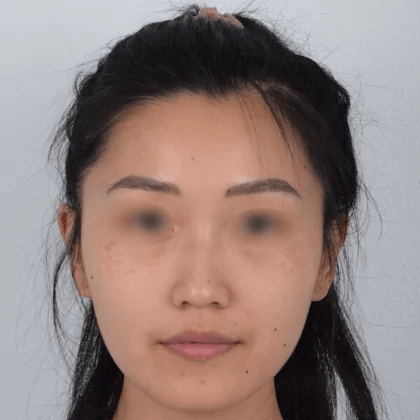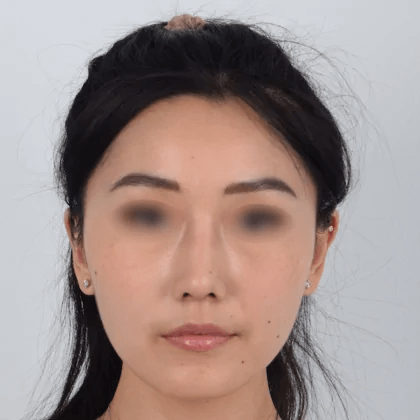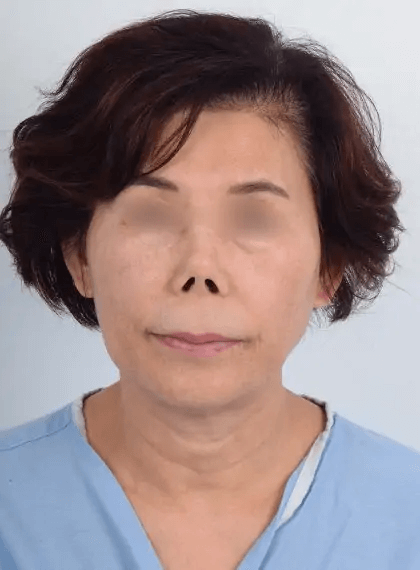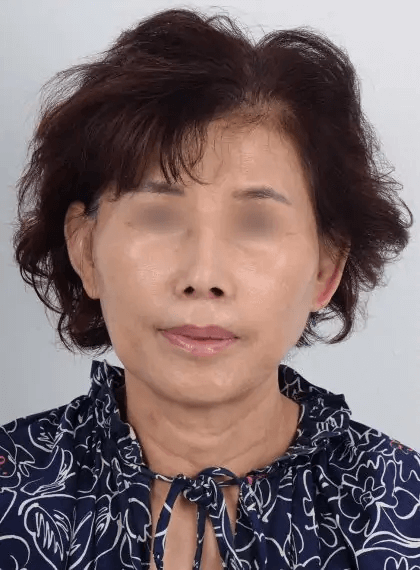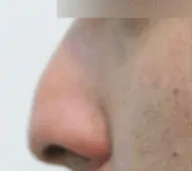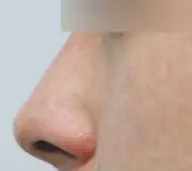Rhinoplasty Augmentation
 The low-sitting nose is one of the most prevalent characteristics of the Asian population. Overall, the entire nose (i.e., the bridge and tip) is low. This type of nose gives creates a face that lacks definition and may be perceived as more plain. Additionally, the nasal bone and cartilage are small. The small, low-sitting nose makes the nose looks relatively wide. Rhinoplasty augmentation adds structure and definition while balance the result with your natural features.
The low-sitting nose is one of the most prevalent characteristics of the Asian population. Overall, the entire nose (i.e., the bridge and tip) is low. This type of nose gives creates a face that lacks definition and may be perceived as more plain. Additionally, the nasal bone and cartilage are small. The small, low-sitting nose makes the nose looks relatively wide. Rhinoplasty augmentation adds structure and definition while balance the result with your natural features.
Before and After Photos
Nose Augmentation Techniques
There are two techniques used to restructure the nose: cartilage (Dr. Kim’s preferred method) and implants.
Cartilage versus Implants
Cartilage provides a more natural type of support for the nose, avoiding some drawbacks of silicone. Cartilage augmentation can provide permanent results, while implants do not.
Silicone has been used by plastic surgeons for many years. While it still has use for augmentation, Dr. Kim prefers using cartilage to provide nasal support. In Asian rhinoplasty, using ear or rib cartilage allows for precision changes, which makes it easy to contour and shape the nose while keeping a natural look to the nose. Excessive silicone augmentation to shape the tip of the nose places large tension at the nose tip, resulting in possible implant visibility, extrusion, and scar formation. In addition, improper placement and handling may lead to silicone graft movement, infection, and nasal shortening. Cartilage uses the patient’s own tissues for a more refined approach and enhanced personalization.
Dr. Kim uses cutting-edge cartilage implant techniques for all of his patients.
Dr. Kim and Dream Medical Group have been using cartilage as a highly reliable material for implant operations. Dr. Kim has developed innovative techniques for modeling ear or rib cartilage for nasal augmentation. He specifically tailors the procedure for nasal features seen in Asian patients, as well as Korean cultural standards. He uses the cartilage implant particularly for the dorsal region in the nose.
Dr. Kim utilizes cartilage to provide reliable support at the nasal tip, specifically using ear cartilages to shape the nasal tip. Ear cartilage is softer, providing support for the new shape of the nose while reducing the tension formation at the tip.
Adequate utilization of cartilage can change the angle of the nose for natural-appearing results.
The Rhinoplasty Augmentation Procedure
The surgery may take place under local anesthesia, ensuring you will feel no pain. Dr. Kim avoids general anesthesia due to its higher risk profile and the strain it places on the patient’s body. Local anesthesia requires a highly skilled surgeon, as each action must be highly precise. This ultimately leads to less swelling as well and a reduced recovery time. The degree of swelling may depend on individual patient, but the swelling is most severe 1-2 days after the surgery. It will subside rapidly for the first 10 days and gradually improve the next 1-2 months.
Dr. Kim's Expertise in Nose Augmentation
Dr. Kim has pioneered techniques using the patient’s own tissues for rhinoplasty augmentation. Cartilage can be taken from either the ear or the rib, requiring only a minuscule amount for dramatic improvements. He has published papers on ear cartilage grafting and can perform the procedure for even a severely contracted nose.




